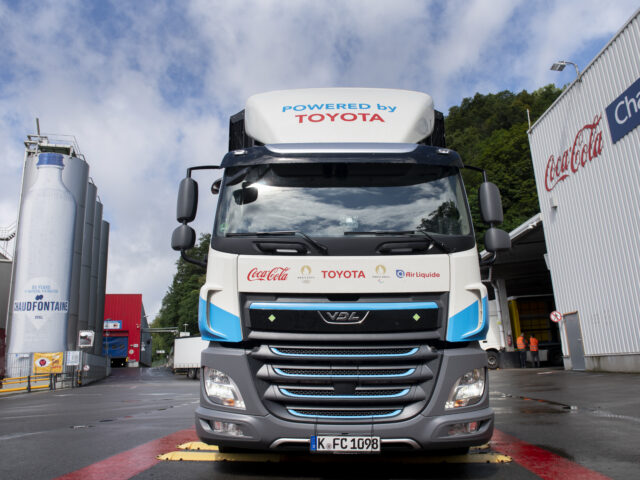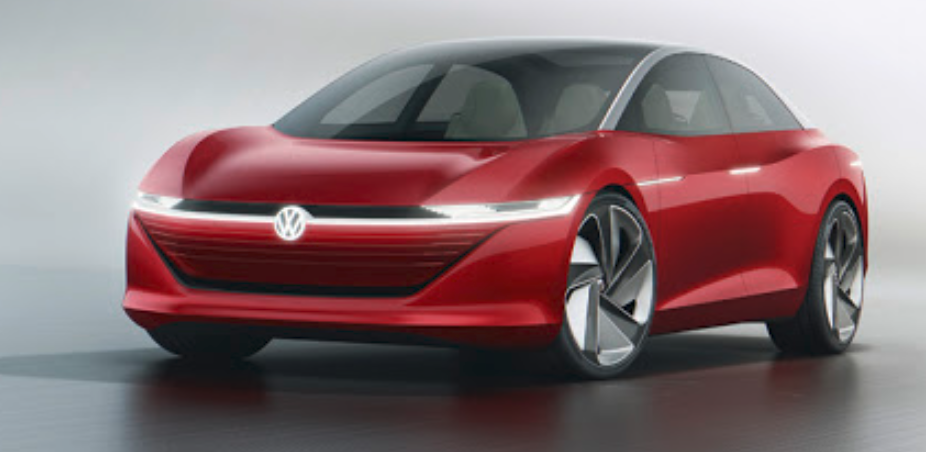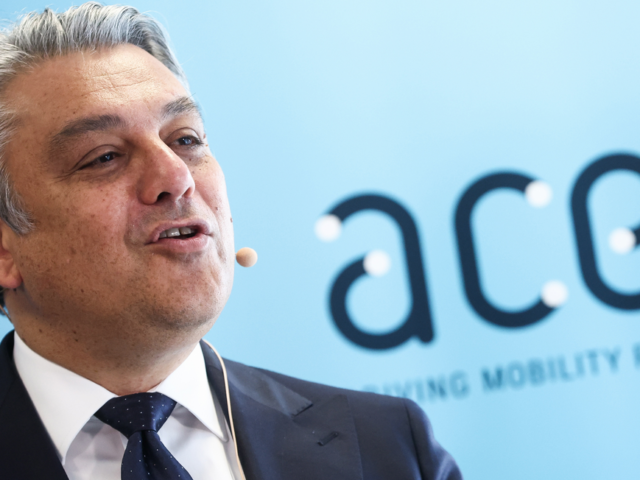
VW’s EV flagship will be called Trinity

The new EV flagship of Volkswagen, scheduled for 2026, will be called Trinity and built in Wolfsburg. It’s probably inspired by the sleek lines of VW’s Vizzion concept /VW
Volkswagen CEO Ralf Brandstätter has revealed the name of the brand’s new electric flagship first announced in December last year. The Tr


Comments
Ready to join the conversation?
You must be an active subscriber to leave a comment.
Subscribe Today